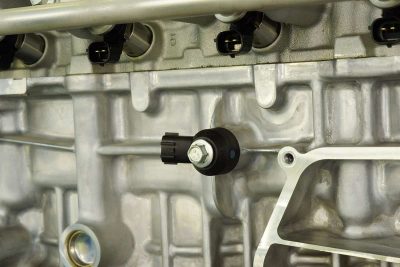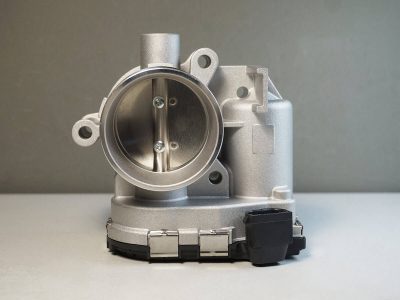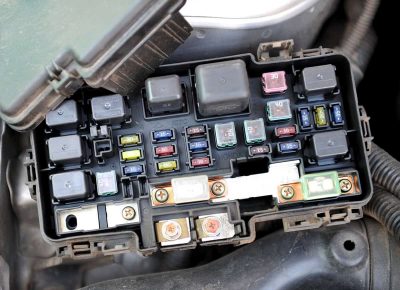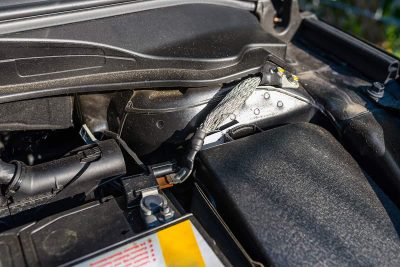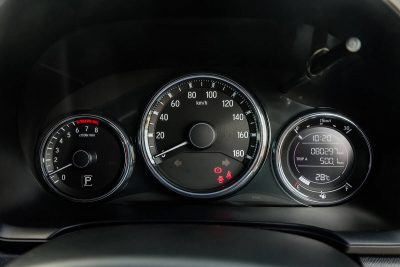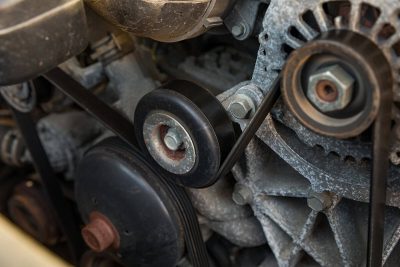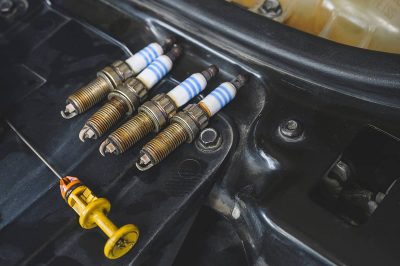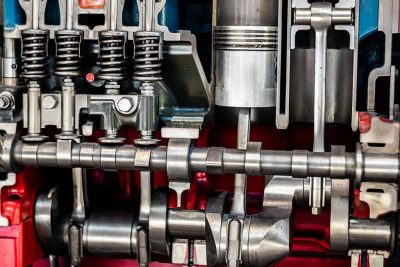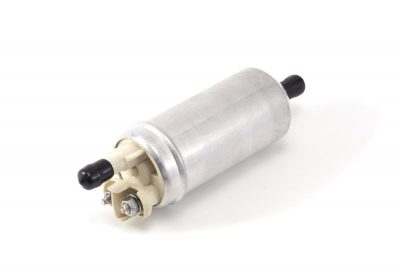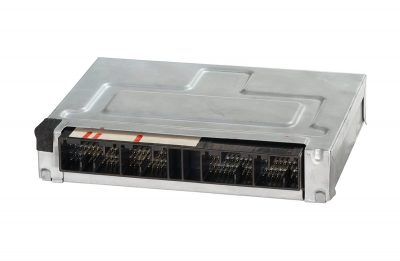As vehicles have evolved, the components within them have become more advanced, ensuring optimum performance and efficiency. One such part is the knock sensor, a key player in the internal workings of an automobile. Despite its critical role, its function often goes unnoticed until something goes wrong—when it becomes faulty.
The throttle controls how much air is let into the engine. This, in combination with the fuel, dictates how your car performs on the road. A properly functioning throttle body is vital for smooth acceleration, optimal fuel efficiency, and overall engine performance. If this component malfunctions, it can lead to a number of issues that could impair your vehicle’s performance, causing potential headaches and unexpected garage visits.
Our vehicles rely on a number of important components to function properly, and the alternator fuse is one of them. The fuse is a crucial safeguard that prevents damage to the alternator and other electrical components. Just like any other part of a vehicle, the alternator fuse can fail, leading to a variety of issues.
The engine ground of a car provides a pathway for electricity to return safely after powering up your vehicle’s many gadgets. It’s a bit like a guardrail, ensuring all the electricity stays on track. But sometimes, this guardrail can get damaged or worn out, and you should do your best to figure out why.
The RPM gauge, or tachometer, is an essential part of your vehicle’s dashboard. It helps you keep track of your engine’s speed and ensures that your car runs smoothly and efficiently. When the RPM gauge stops working, it can be difficult to monitor your engine’s performance, potentially leading to decreased fuel efficiency and increased wear and tear on your vehicle’s engine.
The serpentine belt is a long, winding belt that powers key parts of your vehicle, like the alternator, power steering pump, and air conditioning compressor. It’s called ‘serpentine’ because it snakes around these components. However, it can wear out or become loose over time, and that’s when problems can start.
If your car’s engine misfires, you may notice unusual noises, car shaking, decrease in power, poor fuel efficiency, and a check engine light. If you notice any of these signs, it could be due to spark plugs, fuel system, or engine timing.
An internal combustion engine is a complex machine that generates power by burning fuel within its structure, rather than externally. The fuel-air mixture’s combustion, initiated by a spark plug, causes a high-pressure gas expansion that pushes a piston. This mechanical motion is ultimately converted into the rotational movement of the wheels.
The Exhaust Gas Recirculation (EGR) valve plays a role in maintaining your car’s engine performance and reducing harmful emissions. It’s a component that doesn’t often come to mind when considering vehicle maintenance, yet its failure can result in serious engine issues, potentially escalating costs and even environmental damage.
Fuel pumps are responsible for delivering fuel from the tank to the engine. When a fuel pump functions correctly, it largely goes unnoticed. However, when it begins to fail or performs poorly, the signs are unmistakable and can greatly impact your vehicle’s performance.
Engine stalling happens when your car’s engine stops running, often unexpectedly. This can be due to a variety of reasons, including issues with the fuel system, air intake, or even the engine’s computer. Not only can stalling be a nuisance, but it can also be dangerous, especially if it occurs while you’re driving.
The Engine Control Module (ECM controls various functions, like fuel mixture, ignition timing, and emissions controls. For one reason or another, the ECM can fail, leading to several issues in your car’s operation.
